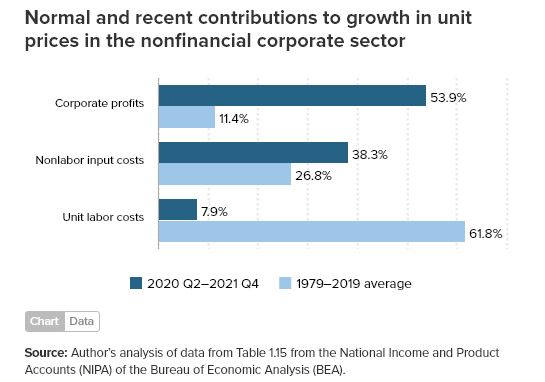Rule No. 1: Never lose money. Rule No. 2: Never forget rule No. 1. - Warren Buffett
When I was young, I used to think more was better. Big bets and big gains. Trying to hit home runs. Not focusing much on the downside, and the long run path. It was always short term thinking, impatience. Trying to make money quickly, without thinking about the long term implications of my strategy. I've learned over the years at how flawed that strategy is. Experience is a stern teacher in the market, especially for those that are stubborn and hesitant to change. If you don't learn lessons from losing lots of money, you won't last in this business.
Managing risk is the most underrated aspect of trading and investing. In a game where you will lose often, you have to be able to handle the ups and downs that come. Being too conservative is much, much better than being too aggressive. Those that are too conservative may not make a fortune but they stick around, survive, and have a chance to learn and get better. And slowly accumulate. Those that are too aggressive can have big runs but they can't dance around the raindrops and stay dry forever. Those that push the limit don't survive and eventually have to get a real job.
Being too conservative is a sign of fear. That can be a good or bad thing. It limits bet size which keeps you in the game. But it also minimizes opportunities when more could have been made. The financial markets don't attract too many of these types of people. These types usually just put their money in equity index funds or bond funds. Most of the types that are attracted to actually making their own investment decisions are usually too aggressive.
The reason most traders fail is not because of bad stock picks or bad trading decisions. Its because they bet too big and lose too much when they are wrong. Traders usually think about how much they will make when they make a trade. Not how much they could lose. Its that eternal optimist in all of us where we cling to hopes and dreams. Hoping and dreaming is a killer in the markets. Even if you don't blow up trading too big, you will dramatically underperform a less risky trader. Consider 2 traders:
Trader A: Makes or loses 50% of his account per trade. Wins 60% of the time.
Trader B: Makes or loses 10% of his account per trade. Wins 50% of the time.
Who performs better over the long run?
Let's do this exercise:
Trader A and B both start with 100.
Trader A: wins 6 and loses 4. 100 -> 150 -> 75 -> 113 -> 169 -> 85 -> 128 -> 192 -> 96 -> 144 -> 72. 60% win rate but loses 28% after 10 trades.
Trader B: wins 5 and loses 5. 100 - 90 - 99 - 89 - 98 - 108 - 97 - 87 - 96 - 106 - 95. 50% win rate but loses 5% after 10 trades.
Imagine if both trader A and B both had the same win rates. It would be an absolute disaster for trader A. Even with a 10% higher win rate, trader A massively underperforms trader B.
Excessive volatility in the account balance is a huge drag on performance.
Another big negative for traders that are too aggressive is that big bet sizes force unwanted decisions at bad times. Forced selling is the worst way to sell (when long). Forced buying is the worst way to buy (when short). Proper bet size allows you to weather the storm, stay with trades through short term drawdowns to their ultimate destination. It gives your trades time to work, which is half the battle. Being forced to push the eject button because of short term market volatility destroys returns. Closing out trades because you are wrong instead of because you are losing money is a big difference. Its hard enough to make money playing on your own terms. If you are forced to play on the market's terms, you will be chopped up and whipped around and left in tatters.
There is a reason that Warren Buffett says the most important rule is never lose money. He doesn't mean it literally, because that's an impossible task, but states that rule to emphasize the importance of limiting losses to growing wealth.
The last week of the year, and for the past few trading days, you have seen tax loss selling and a cleaning up of portfolios for window dressing purposes. That has led to weakness in tech stocks and bonds. Its been a terrible year for most fund managers. And amidst hopes for a Santa Claus rally, the firepower was lacking for buyers to push the market much higher. I remain neutral on stocks, and did miss a potentially very profitable short a couple of weeks ago post CPI, but missed trades happen. I overestimated the willingness of investors to chase stocks and make bad decisions while fundamentals remain terrible. Although the price action is weak, I remain bullish on bonds as I expect the fundamentals of a weakening economy and falling inflation will supersede central banks' hawkish rhetoric.
My New Year's resolution for 2023 is to trade less by betting smaller and having wider price targets. By betting smaller, I will achieve 2 important things: 1) be less affected by short term price movements, leading to better decision making and less forced trades (stops/liquidations). 2) have a better quality of life with less stress.
Here's to a great 2023. Happy New Year.









































